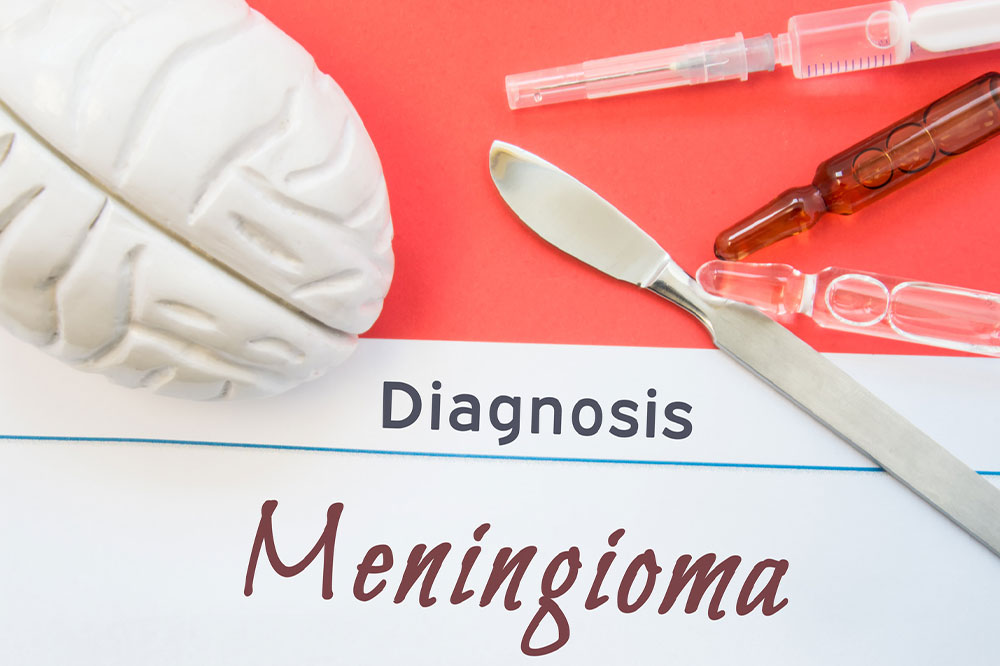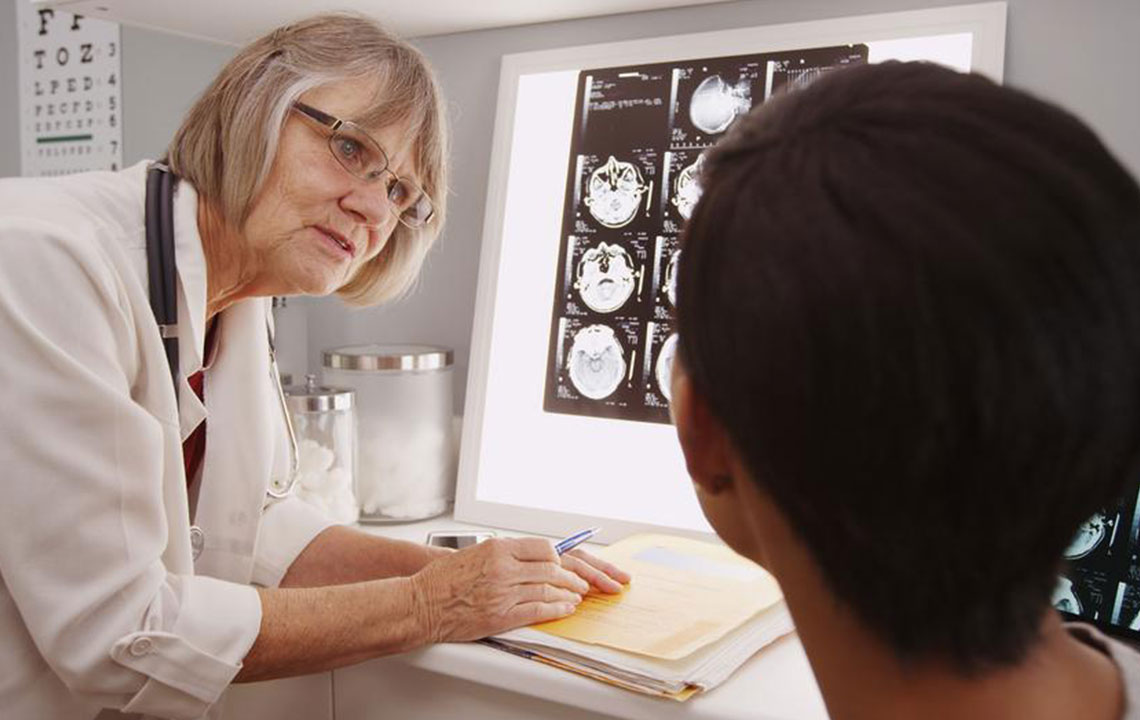Understanding Astrocytoma: Causes, Symptoms, and Treatment Options
This article covers the causes, symptoms, and treatment options for astrocytoma tumors, highlighting distinctions among tumor grades and types. It provides insights into management strategies, risks, and supportive lifestyle tips to help patients cope effectively with this brain tumor. Proper medical consultation is emphasized for optimal care.

Astrocytomas are a subtype of glioma tumors originating in the brain and spinal cord. They arise from astrocytes, cells that support nerve functions, regulate the blood-brain barrier, and facilitate synapse development. Representing about half of all brain tumors, astrocytomas require careful diagnosis and management. The precise cause remains unknown, but environmental factors like radiation exposure and genetic mutations, especially in the IDH1 gene, are suspected contributors. People with genetic syndromes such as Li-Fraumeni, NF1, tuberous sclerosis, or Turcot syndrome are at higher risk. Symptoms vary by tumor size and location, including headaches, seizures, neurological decline, vision changes, and balance issues. Astrocytomas are classified from Grade I (least aggressive) to Grade IV (most aggressive), including types like pilocytic, diffuse, anaplastic, and glioblastoma. Treatments may involve surgery, radiation, chemotherapy, targeted therapy, or electrical field therapy. Lifestyle strategies focus on support and coping, such as staying informed, eating healthily, maintaining social connections, setting goals, and planning for future care. Consulting healthcare professionals is essential for personalized management.









